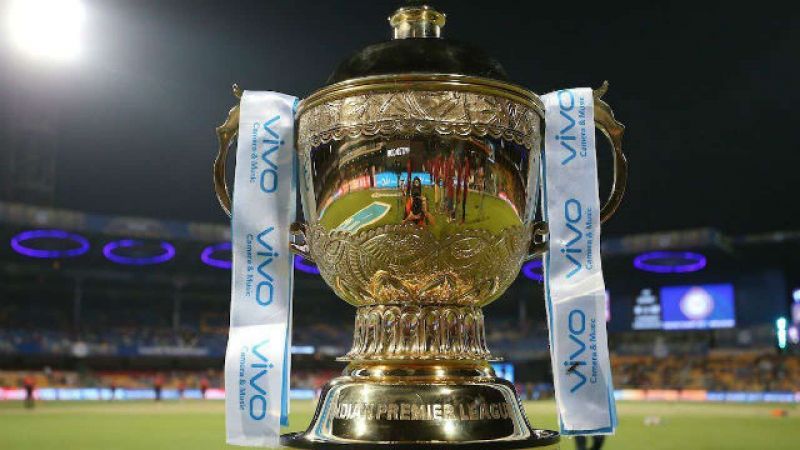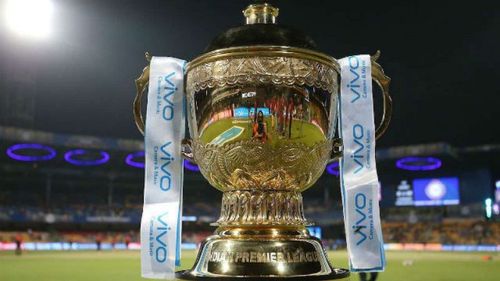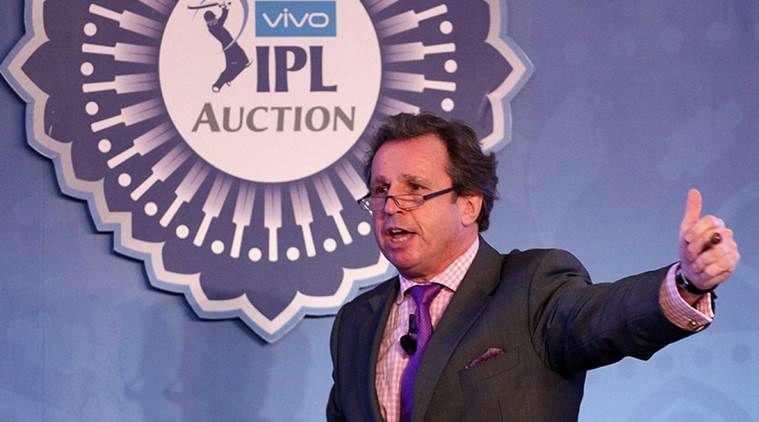
IPL 2018: Why IPL XI promises to be the most competitive season yet
It's been 10 years since the Indian Premier League arrived to revolutionize T20 cricket. From being the entertainment-oriented stage where Bollywood stars would attract more attention than cricketers, to becoming a professional league where emotions have little place in the process of building a successful team, the IPL has come a long way.

The first few seasons of the IPL were spent in identifying the ideal T20 combination which guarantees success, and only Chennai Super Kings managed to consistently make the playoffs, retaining their core every year and sending out a strong message that the principle of continuity is an important aspect in a fast-moving format.
While Rajasthan Royals proved in the inaugural edition itself that the tournament can be won without big names, as other teams gained experience and built better-balanced squads, RR's strategy to stick with youth did not pay off as they struggled to repeat their 2008 success. Delhi Daredevils, Kings XI Punjab and Royal Challengers Bangalore, the three franchises still awaiting a title, performed better in the initial years than they have recently.
The 2011 mega-auction, for the first time, tested the franchises' ability build a fresh team after having gained a reasonable experience regarding what works and what doesn't in this league.
The teams who succeeded, Mumbai Indians and Kolkata Knight Riders, managed to strike a balance between match-winners and utility players and were able to overturn their fortunes to secure multiple titles in years to come. The others, particularly DD and KXIP, made poor decisions out of desperation and released key players to end up with inferior teams.
Sunrisers Hyderabad, who replaced Deccan Chargers in 2013, have rightfully earned a reputation of being the most shrewd management and consistently assemble competitive teams without filling them with star players.
An important aspect which does not always get noticed in a performance analysis of franchises in the first decade is their financial limitations. Here, I am not talking about the auction purse which is equal for all teams every season. My concern is the actual amount franchises spend at the auction, which varies due to difference in their spending capacities.
Based on a comprehensive analysis of behaviour at the IPL auction till 2017, it is observed that the teams who utilized their purse fully, or to the extent required, were CSK, DD, MI, KKR and RCB.
RR and KXIP were the perennial moneyball teams, who used to spend in excess of 70-80% of their purse, and consequently, had to settle for a sub-par team and limited proven match-winners. While the sample size for SRH is comparatively lesser, they showed a tendency to save around 15% of their auction purse till last year.

While a perfectly direct correlation cannot be established with results, a familiar pattern can be observed. CSK, MI and KKR have 7 titles between them.
A major reason for RR's inability to replicate their 2008 success was a lack of top bracket international players to supplement their youth, and KXIP struggled to even build a quality first XI.
RCB and DD, despite being in the "richer" bracket, were guilty of overspending on big names and compromising with the team balance. SRH used tactical brilliance to overcome their limitations by mastering value-for-money selections.
However, things have changed for IPL 2018. WIth the BCCI getting richer by more than ₹18,000 crore through windfall IPL broadcast and sponsorship deals, a revised revenue sharing model has ensured that franchises will be earning a lot more than before, and this is significant for teams who earlier struggled to compete at the auction.
The result was evident at this year's auction in January: Rajasthan Royals, Kings XI Punjab and Sunrisers Hyderabad raised eyebrows as they secured the four most expensive players sold across the two days.
Probably for the first time, none of the teams intended to save money from their purse and this resulted in the most intense, strategic war ever witnessed in an IPL auction room.
Unsurprisingly, a post-auction analysis would reveal how evenly matched all teams are this year, with none of the teams being labelled as underdogs.
MI and KKR, who owned the strongest Indian cores till last year, could not regain the same depth due to increased purchasing power from other teams, but have still managed to assemble formidable lineups. DD and KXIP, who have endured forgettable campaigns of late, can make strong claims of finally ending their trophy drought this year.
RCB have shown a significant change in focus by building an all-round team with a noticeable fall in the glamour quotient. RR and SRH bear a stronger look than previous years due to increased star power, but they have been dealt an untimely blow of losing their first-choice captains. CSK are once again supremely balanced and solid as ever.
The beauty of an IPL after such a huge overhaul, is that there are no pre-tournament favourites. All teams are evenly matched on paper and the ultimate challenge is to convert the potential into on-field performances through team-bonding and execution under pressure.
An exciting season awaits us as we enter the second decade of the IPL. This will, undoubtedly, be the most competitive IPL ever.